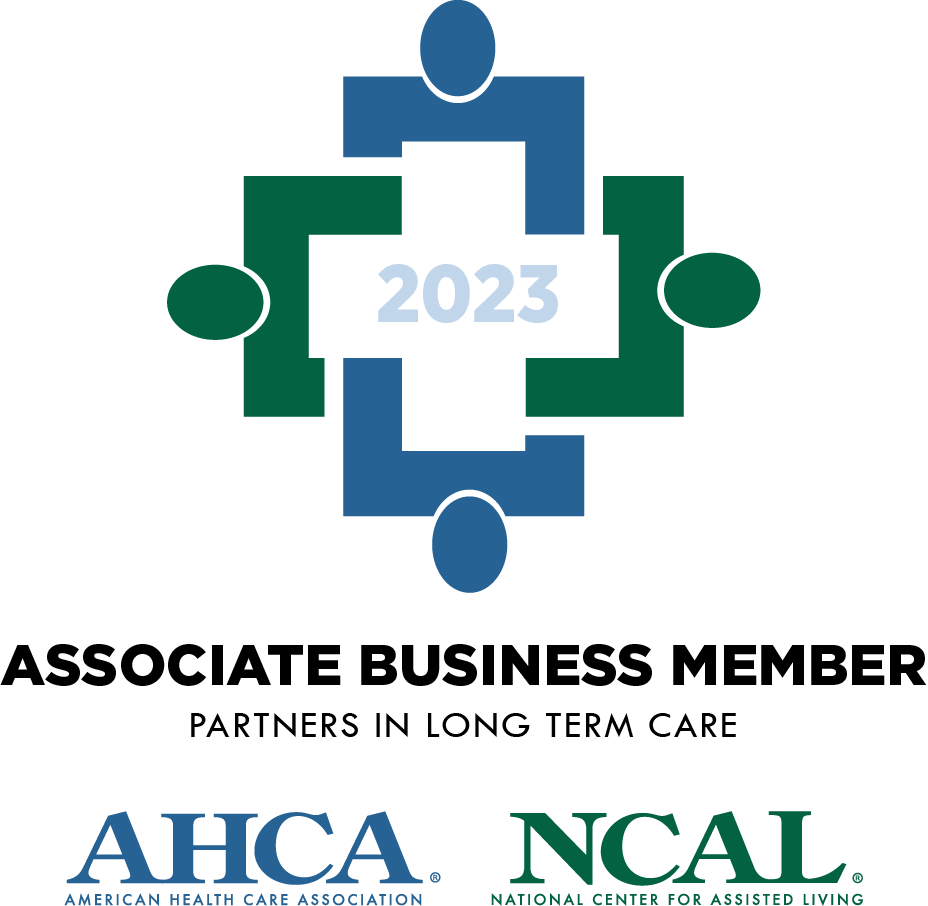[This article is Part 1 of a 7 Part Series on Compliance Programs for SNFs, for the rest of the articles in the series, go HERE]
So, we chose our corporate compliance officer, we determined who’s on the compliance committee, and we’re all set to rock and roll with our compliance program. Now what?
Let’s look and the next element of the OIG compliance program, compliance policy and procedures.
Compliance Policy and Procedures:
You’re thinking, “Please, noooooo! The stack of policies in my office is taller than my son on the high school basketball team!”
Let’s start at the beginning. The first thing: do we have a code of conduct? What is a code of conduct? Think of it as the facility’s constitution – a document that expresses the fundamental principles of the organization, including how employees should conduct themselves, the facility philosophy, what constitutes a breach in compliance, and how violations are reported.
The facility code of conduct should be short, easy to read, and accessible to all staff. The board of directors should regularly review it with employees; the OIG recommends that even small nursing facilities should “obtain written attestation from its employees to confirm their understanding and commitment to the nursing facilities’ code of conduct.” Do this when you hire a new employee, yearly, and whenever there’s a revision to the code of conduct.
Just as a memory jogger – policies are clear statements of rules employees must follow and procedures are methods used to put policies into action. The OIG recognizes that most facilities have a comprehensive policy and procedure manual and that most facilities have procedures to prevent fraud and abuse. You may not need to develop a new set of policies as part of your compliance program if your existing policies effectively cover operations and relevant rules. Be sure your policy and procedures are reflecting the most current regulations and address your facility’s assessed risk areas.
What are high-risk areas? The OIG provided a preliminary risk area, including quality of care and residents’ rights, employee screening, vendor relationships, billing and cost reporting, and recordkeeping and documentation. What are high-risk areas you may want to explore?
- Billing
- Compliance hotline
- Compliance reporting/investigation
- Conflict of interest
- Medical director contracts
- Cost reporting
- Discrimination against residents and payment provisions
- Employee screening
- False claims act
- Gifts
- Marketing practices
- Medicare-prospective payment systems
- Non-retaliation/non-retribution
- Overpayment reporting
- Rehab services
- Resident inducements
- Resident referrals
This assessment is to ensure that your employees, managers, and directors know of these risk areas and take steps to minimize issues. The first step is identifying potential issues; the second step is creating policies and procedures to ensure compliance.
It’s critical for your organization to understand the risk areas in YOUR facility. Are you reviewing your annual survey and updating your policies based on the deficiencies? Are the concerns of the compliance committee reflected in policy review? Are policies and procedures reflecting the trends noted in your data analysis?
Ask yourself:
- Do essential compliance policies and procedures exist?
- What do we do as a facility to regularly review and update the policy?
- How do we ensure our policies are relevant and effective?
- How is staff notified of policy changes?
- What mechanism does the compliance officer use to review data/trends and ensure we’re proactive in our risk assessment?
On to the next element – tackling effective lines of communication!






